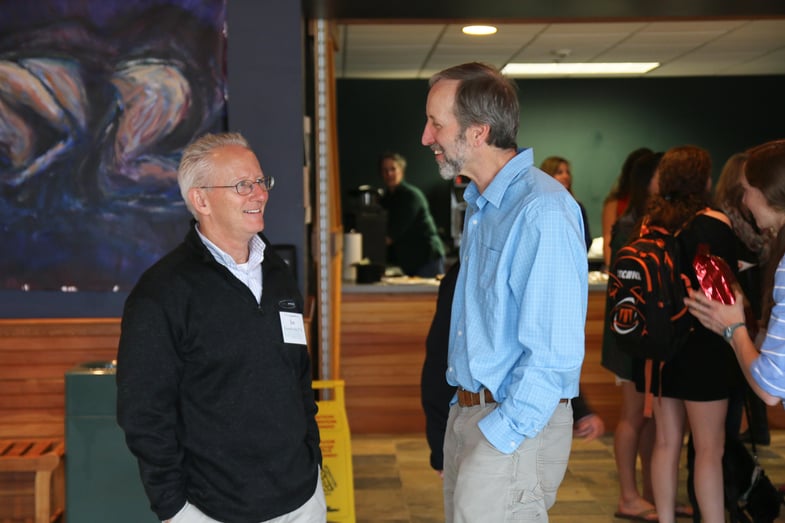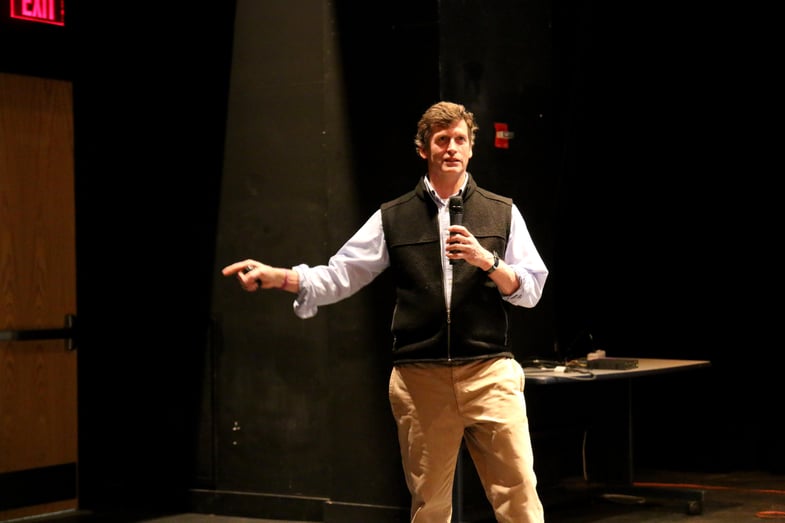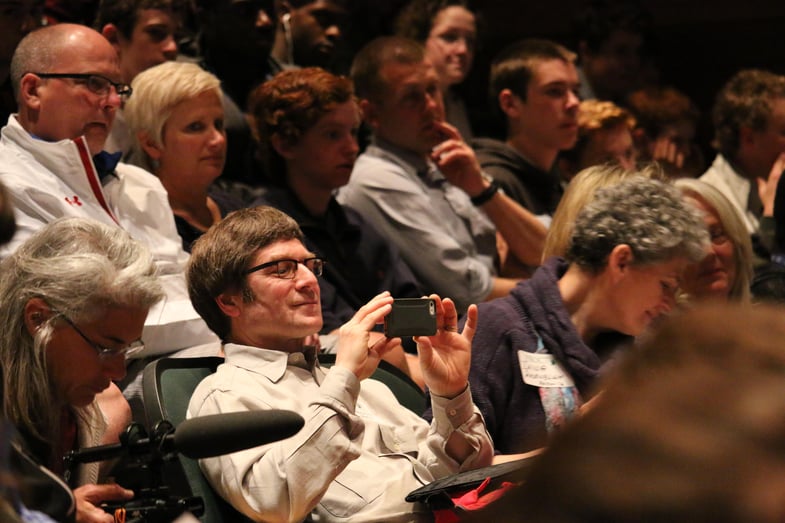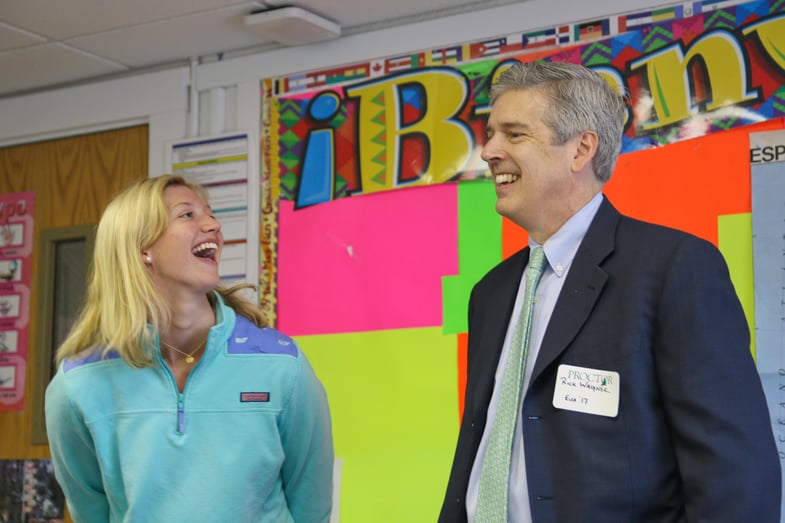Families arrived on campus this morning to attend classes, assembly, and athletic practices before engaging in parent/teacher conferences. As our last post discussed, the purpose of this weekend is to check-in on growth, progress, and learning.

While our focus is largely on students, we also have the opportunity to check-in on ourselves as a school. We know the value of self-reflection in learning, and must practice what we preach! Over the past two years, we have had the opportunity for self-reflection through the NEASC reaccreditation process and strategic planning retreat last June. With a fresh strategic plan in place and significant admissions momentum coming out of the past few months, we have a tremendous opportunity before us as a school to steward our academic model to others.


Head of School Mike Henriques shared thoughts on this opportunity during his semi-annual ‘State of the School’ conversation with parents. He began the dialogue by sharing our strategic plan and the work done by faculty in relation to learning and the brain, technology integration, development of residential life curriculum, and redesigned learning spaces. The unifying theme throughout all the progress links to our institutional desire to better support students and give them the tools they need to find success at Proctor.

Mike then reverted to his days as an English teacher and assigned two books for all of our parents to read:

As every parent of a high school student knows, the looming college application process can too often divert us from focusing on our children’s learning. The notion we need to shoot as high as we can when applying to colleges is an epidemic that impacts everyone. Even Mike noted, “My daughter is just finishing the college admission process and we fell into the same trap as every other family. We wanted to see how high we could aim and probably missed some opportunities along the way.”
Bruni opens his book by writing, “There’s a widespread conviction, spoken and unspoken, that the road to riches is trimmed in Ivy and the reins of power held by those who’ve donned Harvard’s crimson, Yale’s blue and Princeton’s orange,not just on their chests but in their souls. No one told that to the Fortune 500.”

He continues, “In other words there’s no pattern. None at all. But in so many of our conversations about success and so many of the portraits that those of us in the media paint of accomplished individuals, we insist on divining one. And we often go with the obvious, equating achievement later in life with time spent earlier in rarefied enclaves. It’s a cleaner narrative than saying that anything goes. It’s a more potent mythology: There are the round table’s gleaming knights, chosen young and charmed forever more, and then there are the vassals who make do on the other side of the moat.”

Seligman’s thesis is that as individuals in search of happiness and meaning we must focus on what is right with us and not on what is wrong with us. By helping students understand their strengths and providing opportunities to pursue those strengths affords students an opportunity to thrive.

When this message is coupled with Bruni’s, you have Proctor’s educational model. This is what Proctor does and why we see student lives transformed day after day, year after year.
As you walk through Shirley Hall this weekend and hear the buzz of conversations between faculty and parents, listen closely. The messages are founded in student growth, not performance. Discussions about college admissions are focused on finding the right fit that will unlock the potential within each student, not bolstering our matriculation list to include certain schools. You will see students willingly attending conferences with their parents (seriously!) because they see the value in those growth opportunities. It’s true. If you don’t believe us, come check it out for yourselves!









